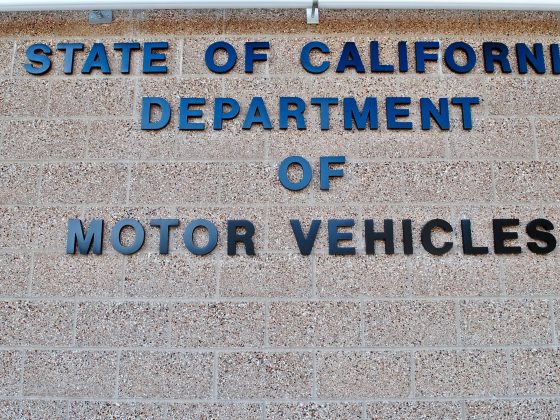For many teenagers in California and nationwide, applying for a driver’s license or getting a learners’ permit is one of the first steps towards freedom as they learn to be more independent and responsible. Although the process of apply for and obtaining a license may seem complicated at first, getting a permit or learner’s license doesn’t have to be daunting if you are well informed and practice, practice, practice.
Use eTags© to Quickly Complete Your DMV Service. Renewals, Title Transfers and More, All Online!
CA Graduated Drivers License Requirements
Before a teen gets his or her own full privileged driver’s license, they must pass through the California graduated driver’s license program. Most states now, including California, implement the use of this program. Since its implementation in 1997, the Insurance Institute of Highway Safety reported that there was a 23% reduction in 16 year-olds involved in crashes.
The IIHS even has a GDL crash reduction calculator to help teens, parents, instructors and anyone with a stake in any type of driving training or activities the positive impact an extensive program like this can have.
Education
Driver education is one of the most important requirements for getting a license in any state. Before applying for driving permissions in California, teens between the age of 15 and half and 17 and half years old are required to take a driver’s education course. Teen driver’s over 17 and half years old are not required to take this course but it is still highly recommended they do so. Successfully completing an approved driver’s Ed course (exempt if you are 17 ½ or older), completion of the DL-44 form, payment of the application fee, passing of the vision test, and passing of the traffic laws and signs test will provide a teen driver with an instructional or learner’s permit. To obtain the provisional license (must be older than 16), successful completion of a DMV road test is required.
Practice
There is no better teacher than experience. When you are teen though, experience is non-existent and this effects not just how they operate the vehicle, but the decisions they make that can affect their attention and dedication to the road. With an instructional or learner’s permit, teen drivers are required to complete driver training which means you must log 50 hours of driving (10 at night) accompanied by a licensed driver over 25 years of age.
After meeting this requirement and no sooner than 6 months after being issued the learner’s permit, a teen 16 or older may apply for a provisional license once an additional 6 hours of driver’s education with a professional instructor from the DMV is completed.
The provisional license is issued for a minimum of 12 months and allows a teen driver to operate a vehicle without supervision but applies several other restrictions.
Learner’s Permit Restrictions
With an instructional or learner’s permit, teens are required to complete certain tasks before moving on to the next level. While holding a permit, teen drivers are not allowed to:
- drive a motorcycle or moped
- use non-emergency electronic devices while operating a vehicle
- drive without a licensed driver 25 years or older in the passenger seat
Provisional License Restrictions
With a provisional or intermediate license, teen drivers are required to complete a road test and hold that class of license for 12 months without citations. The following restrictions apply to driving:
- No passengers under the age of 20 (unless a licensed driver over 25 is present)
- No driving between 11pm and 5am (exceptions are made for job requirements or school related reasons)
- No violations in a 12 month period to obtain a full-privilege license
Insurance Requirements
In order to operate a vehicle, all teen drivers must be covered under their parent’s or their own insurance policy. Usually, being added to an existing policy of a parent is the most affordable option. Regardless of which option you choose, shopping around and comparing quotes is a must when you are looking to get new insurance or make changes to an existing policy.








